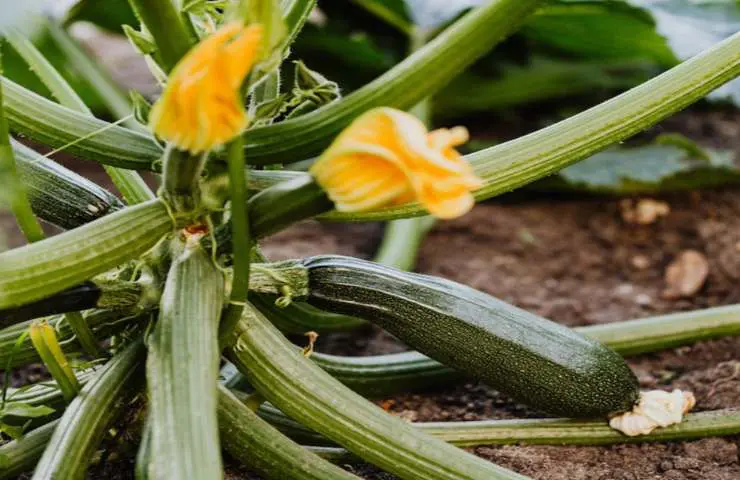Zucchini, with its bountiful harvest and versatility in culinary delights, is a popular addition to many vegetable gardens. Achieving optimal results with zucchini cultivation involves strategic planning, especially when it comes to timing the planting for maximum growth, yield, and quality. In this guide, we’ll explore the best practices and timelines for planting zucchini in your vegetable garden, ensuring a successful and rewarding growing season.
Understanding Zucchini Planting Timing
- Frost Sensitivity: Zucchini plants are sensitive to frost and thrive in warm temperatures. Planting too early when the soil is still cold can stunt growth or damage young plants.
- Growing Season Length: Zucchini plants have a relatively short growing season, typically producing an abundant harvest within a few months. Timing your planting correctly ensures you make the most of this window.
Steps for Optimal Zucchini Planting
1. Determining Your Local Climate:
- Identify your local climate zone and understand the average last frost date in spring. This information is crucial for timing your zucchini planting.
2. Starting Seeds Indoors (Optional):
- If you have a short growing season or want an early start, begin zucchini seeds indoors about 3-4 weeks before your expected transplanting date outdoors.
3. Choosing the Right Time for Outdoor Planting:
- After Frost Danger: Wait until all danger of frost has passed before transplanting zucchini seedlings or sowing seeds directly outdoors. Soil temperatures should be consistently above 60°F (15.5°C).
- Spring Planting: In most regions, late spring to early summer (after the last frost) is an ideal time for zucchini planting.
- Fall Planting: In mild climates or areas with long growing seasons, you can also plant zucchini in late summer for a fall harvest.
4. Preparing the Planting Site:
- Choose a sunny location with well-draining soil rich in organic matter. Zucchini plants thrive in full sunlight and benefit from nutrient-rich soil.
- Amend the soil with compost or aged manure before planting to provide essential nutrients and improve soil structure.
5. Planting Zucchini:
- Seed Depth: Plant zucchini seeds about 1 inch deep in hills or rows, with spacing of 3-4 feet between rows and 2-3 feet between plants within rows.
- Transplanting: If using seedlings, transplant them carefully into prepared soil, ensuring the root ball is well-covered and the plant is upright.
6. Watering and Care:
- Provide consistent moisture, watering deeply but infrequently to encourage deep root growth.
- Mulch around zucchini plants to conserve moisture, suppress weeds, and maintain soil temperature.
7. Fertilization and Maintenance:
- Apply a balanced fertilizer according to package instructions or use organic amendments like compost throughout the growing season.
- Monitor for pests and diseases, and take prompt action if necessary to protect your zucchini plants.
Harvesting Zucchini:
- Zucchini plants typically begin producing fruits within 45-55 days after planting.
- Harvest zucchini when they are young and tender, about 6-8 inches in length for best flavor and texture.
- Regular harvesting encourages continued production throughout the season.
Conclusion: Timing for Zucchini Success
Timing is crucial for successful zucchini cultivation, ensuring optimal growth, abundant harvests, and healthy plants free from frost damage. By following the guidelines outlined in this guide and adapting them to your local climate and growing conditions, you can enjoy a season filled with delicious zucchinis ready for your favorite recipes. Plan ahead, provide proper care, and savor the rewards of homegrown zucchinis in your vegetable garden.

